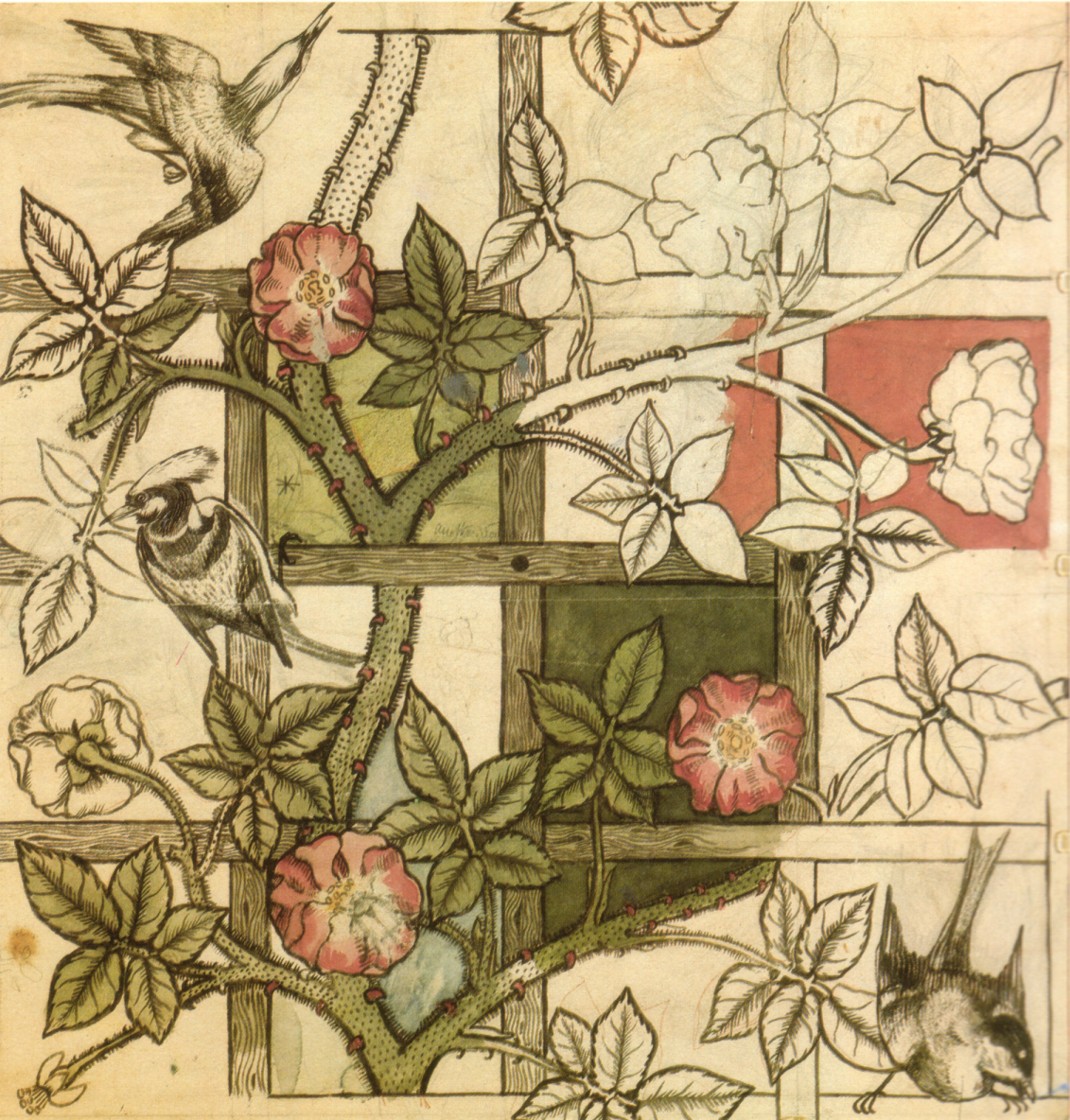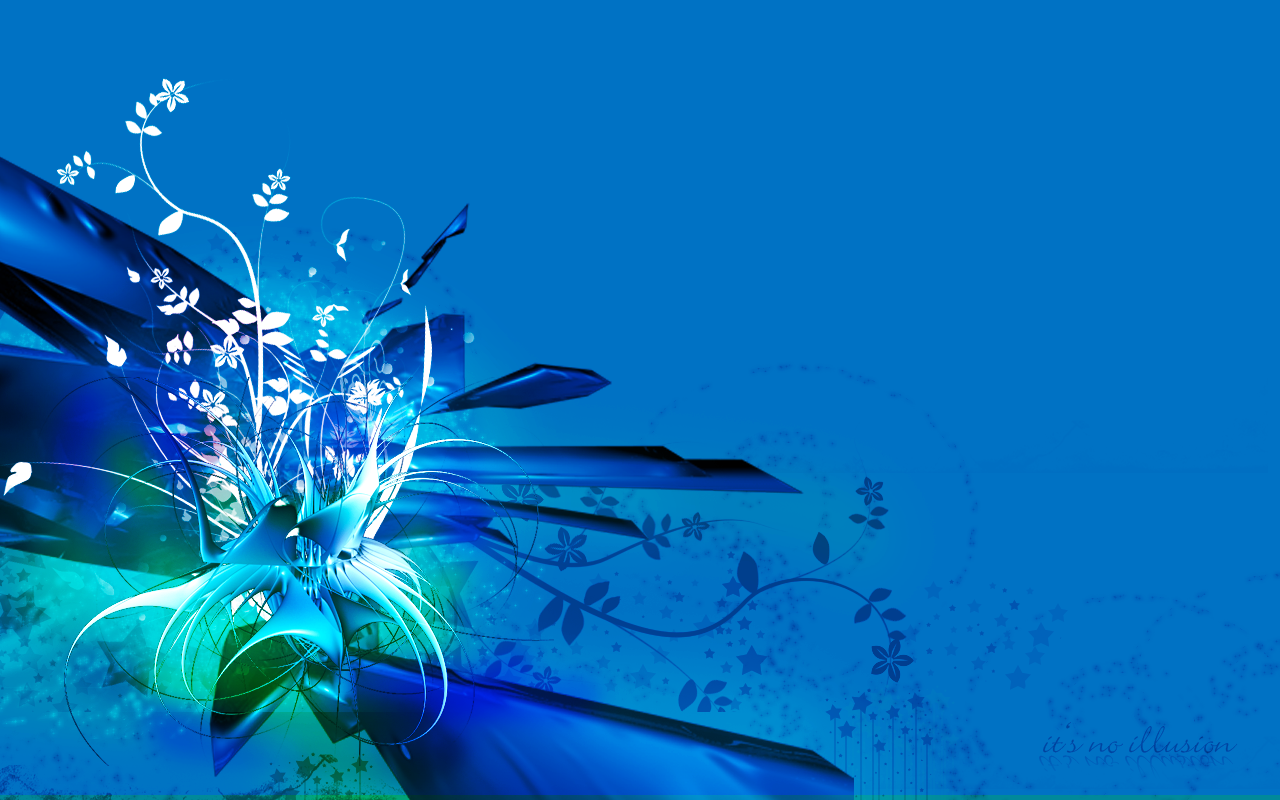Floral Wallpaper Designs Biography
Source(google.com.pk)IF we’re to believe half a century of daytime TV commercials, housekeeping is war — a perpetual battle against the sneaky soldiers of nature. For decades, we’ve armed ourselves with cleaning products to slay bacteria, scrape away fungus and torture mites. As our household organisms move up the evolutionary ladder, acquiring wings and faces, we hire mercenaries to drive them out.
Two recent developments, however, suggest a détente between nature and domestic culture.
This month, Pantone, a company best known for its color-matching system, announced that the color of the year for 2013 is emerald green. Never before, in 14 years of these selections, has a true green been named, possibly because it is also the color of mold, lobster liver and brussels sprouts.
Pantone was not put off. “No other color conveys regeneration more,” the company’s news release noted about the “vivid, verdant” hue known as Pantone 17-5641. It seems that as we become more environmentally considerate (and possibly also more susceptible to the color of money), we’re ready to ignore the ick factor and welcome green into our homes.
The idea that nature might be an honored houseguest and not just something that slithers in under the refrigerator is also behind “Bio Design: Nature, Science, Creativity,” a book published last month by the Museum of Modern Art.
Written by William Myers, a New York-based writer and teacher, “Bio Design” focuses on the growing movement to integrate organic processes in the creation of buildings and household objects so that resources are conserved and waste is limited. Some astonishing visual effects are produced as well. The book’s 73 projects, culled from laboratories and design studios around the world, show, for example, how living trees can be coaxed into becoming houses and bridges; how lamps can be powered by firefly luminescence; how human DNA can change the color of petunias; and how concrete can heal itself when damaged, like skin.
Mr. Myers said his interest in the redemptive power of small, creepy things started years ago when he began making his own bread and beer, and developed a familiarity with yeast. We have been conditioned to fear micro-organisms, he said, “but in fact they can be useful and have been for millenniums, if you think about baking and brewing.”
Also influential on Mr. Myers was “Design and the Elastic Mind,” a 2008 exhibition organized by Paola Antonelli at the Museum of Modern Art, which presented a number of visionary collaborations between designers and scientists. (One of the show’s most memorable projects, “Victimless Leather,” a tiny jacket cultured from living mouse cells, appears in Mr. Myers’s book.
Designers habitually copy nature. The examples pile up faster than beetle species and include things like Ant
Gaudí’s soaring architecture, William Morris’s floral wallpaper and George Nakashima’s rough wood tables. Cutting-edge technology takes away nothing from nature-inspired designs, but instead enhances them. In 2006, the Dutch designer Joris Laarman introduced a chair modeled by computer along the principles of bone tissue development, so that the parts of the chair subjected to the greatest stress were thickest, while those subjected to the least amount of stress were carved away. The result was an efficient use of material and a spectacular form.
But bio design is not about merely taking cues from organic structures and operations. It’s about harnessing the machinery of the natural world to perform as nature does: storing and converting energy, producing oxygen, neutralizing poisons and disposing wastes in life-sustaining ways.
Mr. Laarman’s 2010 Halflife lamp is a good example. A prototype for a lampshade coated with hamster ovary cells modified with firefly DNA, it generates an enzymatic reaction that causes the lamp to light up, after a fashion, batteries not required.
What the Halflife lamp does require is a continuous supply of nutrients to keep the cells alive. As designers explore new ways to make and dispose of household goods, they gesture at new relationships between owners and possessions. “We’re used to thinking we can throw away objects,” Mr. Laarman said by phone from Amsterdam. “We’re not used to objects you can care for or treat well, or that renew themselves.”
Hamster ovary cells as pets? In the wonderland of biotechnology, bacteria is beautiful, moss is electric and decorative tiles are animated.
Consider Bacterioptica, a chandelier designed by Petia Morozov of Montclair, N.J., with petri dishes loaded with bacterial cultures nesting in a tangle of fiber optics. The pattern and color of the blooming bacteria (ideally supplied by individual family members, including pets) changes the quality of the light.
Or Moss Table, a collaboration between the designers Carlos Peralta and Alex Driver of Britain and the scientist Paolo Bombelli of Italy, which exploits the small electrical current produced when certain bacteria consume organic compounds released by moss during photosynthesis. Using carbon fiber to absorb the charge and a battery to supplement it, the scientists produced enough electricity with their table to power an attached lamp.
Then there is Growth Pattern, a series of ornamental tiles designed by the Seattle-based artist Allison Kudla, which spontaneously change their pattern because they are made of cut tobacco leaves laid out in a grid of square petri dishes. Steeped in a solution that behaves like a hormone, the cut leaves put out new growth.
“So many times decorative patterns are based off botanical systems,” Ms. Kudla said of the symmetrical motif (she originally thought in terms of damask). The plants survive up to six months with careful monitoring of the solution and some swapping out of dishes that have become contaminated with bacteria.
An oddity of bio design is that the organisms brought into domestic environments often need to be protected rather than defended against. Marin Sawa, a London-based architect who manipulates the color of micro algae in flexible tubes to create a kind of living textile, describes the impulse to shield her samples from the destructive forces of a living space as “reverse thinking.”
She explained: “I need them to be purely uncontaminated so that they can live and carry out photosynthesis, which is one of the most important biological systems of this planet.” (Algae, she noted, produces almost half our oxygen.
Still, bio designers must grapple with the Frankenstein factor: a concern that their experiments will unleash some unmanageable new horror. Mitchell Joachim, who co-founded the architecture and urban design studio Terreform One in Brooklyn in 2006, and runs a bio lab within its precincts, says he is paid regular visits by representatives from Homeland Security and the F.B.I.
“They just come by to see what a healthy, working community-based lab looks like, as opposed to a terrorist cell,” Mr. Joachim said.
He believes the fear that researchers will blunder into a ghastly science-fiction situation is overwrought. “It’s like you’re designing a teapot and you accidentally make a machine gun,” he said. “It just doesn’t happen.”
Mr. Joachim is part of a team responsible for developing the concept of living trees grafted together to create a domed shelter. He has also imagined a house made of living tissue — though he prefers the term “meat” — and is working on a chair made from a new kind of compostable plastic that combines the root base of mushrooms with genetically reinforced cellulose. The additional ingredient is keratin (or what we call fingernails), meant to provide strength and water resistance.
Many believe chairs in general hit their peak in the mid-20th century and require no further refinement, but Mr. Joachim has other ideas. “Charles and Ray Eames couldn’t copy our chair,” he said . “It’s not an everyday project slapping together some steel and wood or fiberglass.
He added: “And when you’re done with this chair, unlike an Ikea chair, you don’t landfill the thing. You throw it in the garden and it feeds other creatures. It’s part of the web of life.
Floral Wallpaper Designs Floral Wallpaper Tumblr Quotes For Iphonr Pattern Vintage HD Tumblr For Iphone UK Pinterest With Quotes Photo

Floral Wallpaper Designs Floral Wallpaper Tumblr Quotes For Iphonr Pattern Vintage HD Tumblr For Iphone UK Pinterest With Quotes Photo

Floral Wallpaper Designs Floral Wallpaper Tumblr Quotes For Iphonr Pattern Vintage HD Tumblr For Iphone UK Pinterest With Quotes Photo

Floral Wallpaper Designs Floral Wallpaper Tumblr Quotes For Iphonr Pattern Vintage HD Tumblr For Iphone UK Pinterest With Quotes Photo

Floral Wallpaper Designs Floral Wallpaper Tumblr Quotes For Iphonr Pattern Vintage HD Tumblr For Iphone UK Pinterest With Quotes Photo

Floral Wallpaper Designs Floral Wallpaper Tumblr Quotes For Iphonr Pattern Vintage HD Tumblr For Iphone UK Pinterest With Quotes Photo

Floral Wallpaper Designs Floral Wallpaper Tumblr Quotes For Iphonr Pattern Vintage HD Tumblr For Iphone UK Pinterest With Quotes Photo

Floral Wallpaper Designs Floral Wallpaper Tumblr Quotes For Iphonr Pattern Vintage HD Tumblr For Iphone UK Pinterest With Quotes Photo

Floral Wallpaper Designs Floral Wallpaper Tumblr Quotes For Iphonr Pattern Vintage HD Tumblr For Iphone UK Pinterest With Quotes Photo
.jpg)
Floral Wallpaper Designs Floral Wallpaper Tumblr Quotes For Iphonr Pattern Vintage HD Tumblr For Iphone UK Pinterest With Quotes Photo

Floral Wallpaper Designs Floral Wallpaper Tumblr Quotes For Iphonr Pattern Vintage HD Tumblr For Iphone UK Pinterest With Quotes Photo
No comments:
Post a Comment